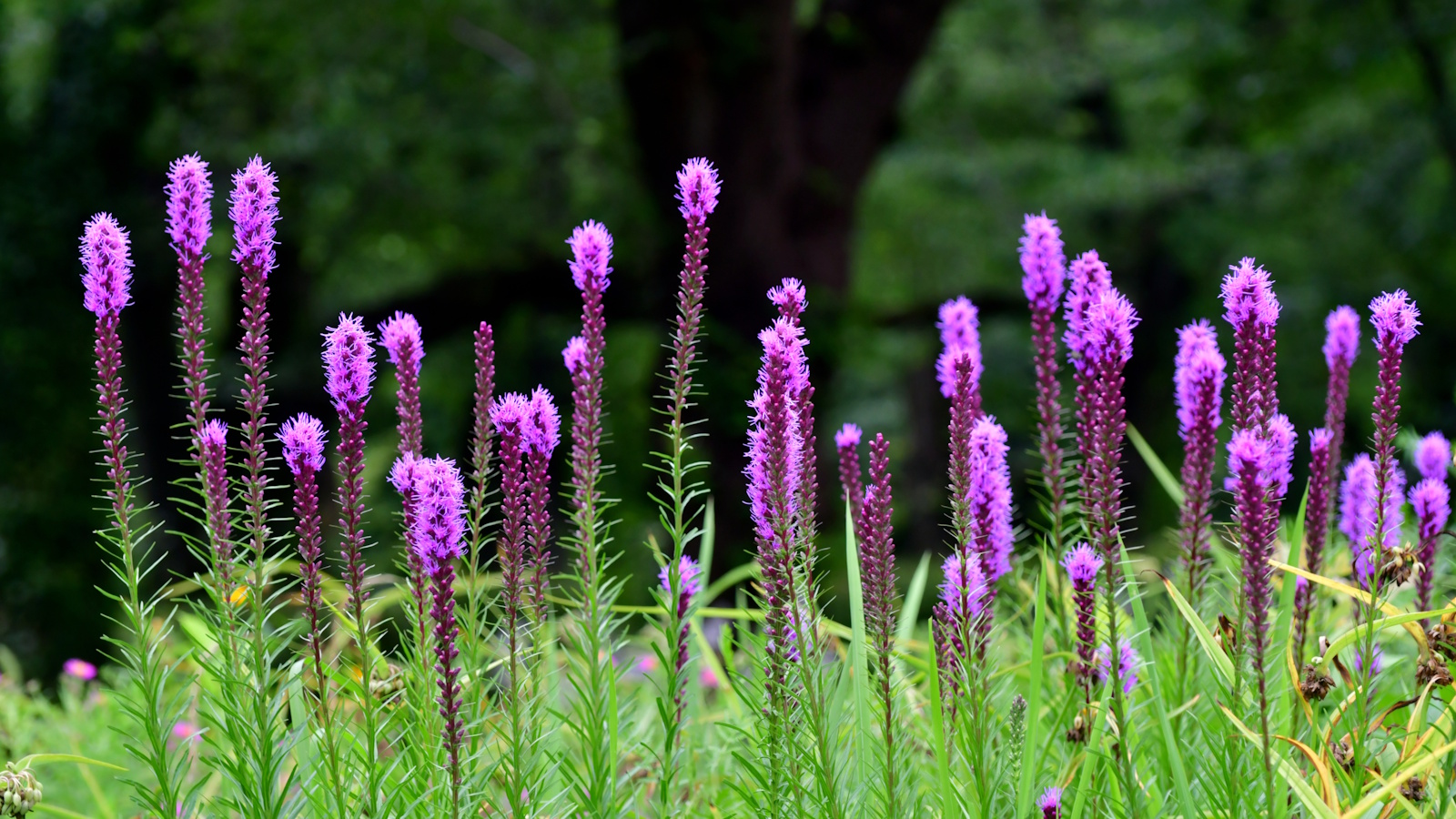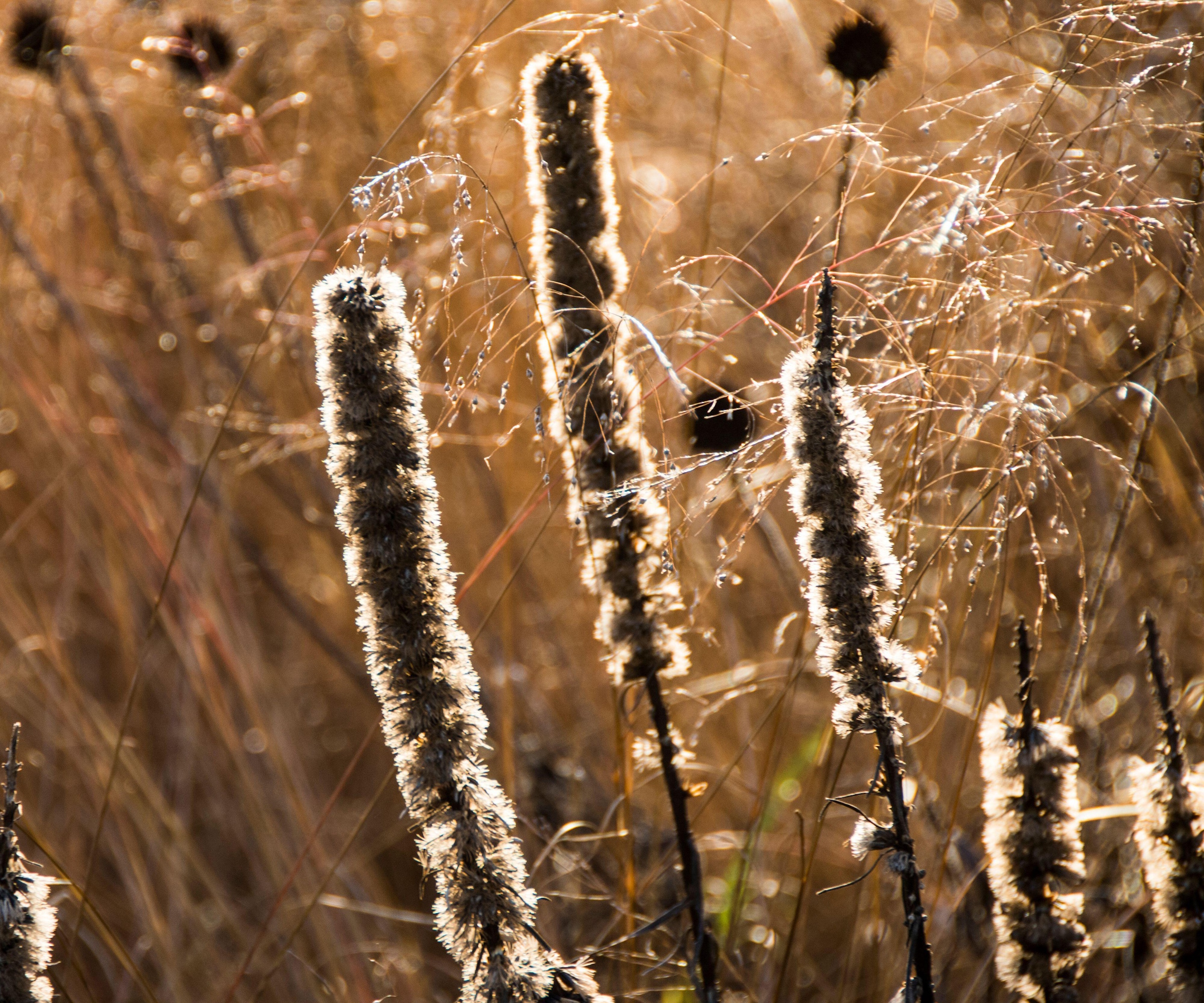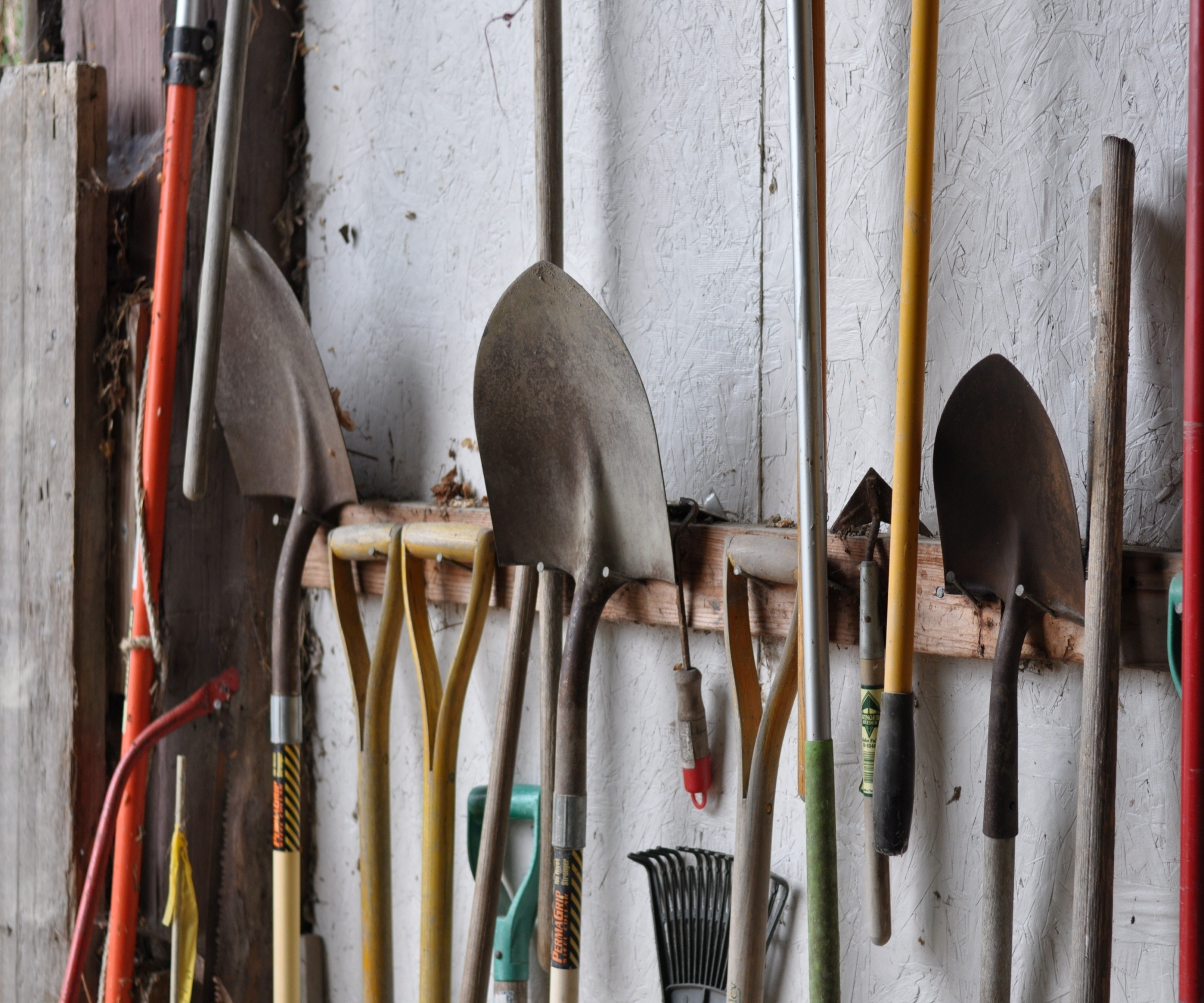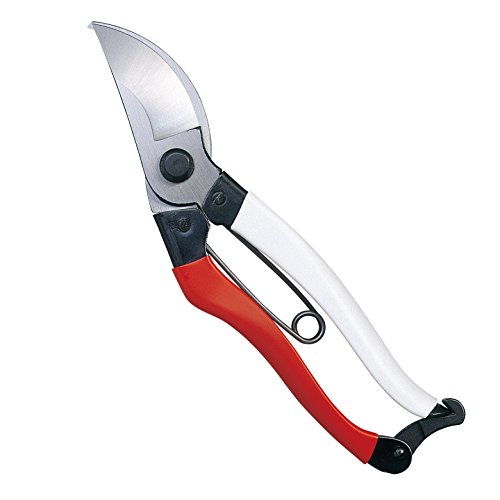Should you cut back blazing star in the winter or spring? Expert pruning advice for this popular native plant
Pruning perennials at the right time is essential for plant health


Blazing star, or Liatris spicata, are native perennials found growing across North America in prairies, meadows and along riverbanks. The flower spikes can reach up to four, five or even six feet tall, adding colorful vertical interest during late summer.
Blazing star plants are remarkably low-maintenance, thriving in most soils so long as they enjoy plenty of sunshine each day. As part of caring for this perennial, annual pruning is important, although there is debate among gardeners about the best time to reach for the pruners.
So, if you want to know when and how to prune these tall perennial flowers, our guide has all the information you need to know to ensure that they return better than ever next year.

Best approach to pruning blazing star
Much like other native plants, such as astilbe or rudbeckia or Arkansas blue star, blazing star are versatile and resilient perennials and can be grown as far north as US hardiness zone 3 or as south as US hardiness zone 9. Learning how to prune blazing star correctly will mean that these flowering plants regrow every year. The trick is knowing the right time and approach for cutting back.
When to prune blazing star

'Blazing star are some of the best perennials that last long into the growing season,' says Drew Swainston, former professional gardener and gardens content editor at Homes & Gardens.
'While they are prized for their colorful star-like blooms, they also put on a good show in fall,' Drew adds, 'as the foliage turns from lush green to a range of golden and bronze shades.
'As with other perennials, your pruning schedule is really up to you. You can cut back the flower stems and foliage in fall or winter, but I am always inclined to hold off trimming until early spring,' Drew says. 'This way, you maintain seasonal interest in your borders, while also providing a winter snack for any birds that remain in your yard.'
So, as Drew says, for winter garden interest and to help garden birds in winter, it is a good idea to leave blazing star flower stems standing until February or March.

Drew qualified as a journalist and wrote for many websites and publications, before studying for a horticulture qualification. He worked as a professional gardener for several years, specializing in kitchen gardening. He's now bringing his expertise and passion to Homes & Gardens as a member of our team.
How to prune blazing star

First, gather the essential gardening tools you need for the job. You will require some pruning shears, such as these Felco snips from Walmart, some gardening gloves, and a garden waste sack. Before you begin, make sure your tools are clean and sharp, which will make the job ten times easier.
To prune blazing star, simply remove all flower stalks and stems, cutting down to the base of the plant and removing all dead and decaying material. You can cut about one or two inches above the ground, making room for the new shoots to emerge as spring arrives.
If you are pruning in March, no new shoots should have yet emerged, but it is a good idea to check the base of your plant to make sure you are not cutting any new, young green stems.
FAQs
Can I compost blazing star clippings?
Yes, you can add any blazing star clippings to your compost heap. Dead stems, flowers and leaves will quickly decompose, particularly if they have been left to stand over winter. To speed the process up, simply cut all pieces down to a few inches in length when adding them to your compost heap.
Can I divide blazing star clumps?
Yes, blazing star is an easy perennial to propagate by division. In terms of how to divide plants, lift the root mass or crown in early spring, just as new shoots are emerging. Then, use a sharp spade to simply divide the clump into two, three or four sections, ensuring that each new clump has healthy roots and at least one shoot. Replant as quickly as possible in new locations in your yard, before giving each new division a good drink of water.
While it is a good idea to mulch borders in the fall and winter months, blazing star plants do not enjoy sitting in wet soil, which can damage the crown and encourage rotting. For this reason, avoid heaping mulch over the base of your blazing star clumps, keeping mulch an inch or two away from the crown.
For more plant inspiration, see our guide on the best frost-hardy perennials to grow in cooler regions. Much like blazing star, these plants do not mind cold, snowy weather and will survive even the harshest of winters.
Design expertise in your inbox – from inspiring decorating ideas and beautiful celebrity homes to practical gardening advice and shopping round-ups.

Thomas is a Content Editor within the Gardens Team at Homes and Gardens. He has worked as a professional gardener for both public spaces and private estates, specializing in productive gardening, growing food and flowers. Trained in Horticulture at the Garden Museum, he has written on gardening and garden history for various publications, including The English Garden, Gardens Illustrated, Hortus, The London Gardener and Bloom. He has co-authored a Lonely Planet travel book, The Tree Atlas, due out in 2024.
